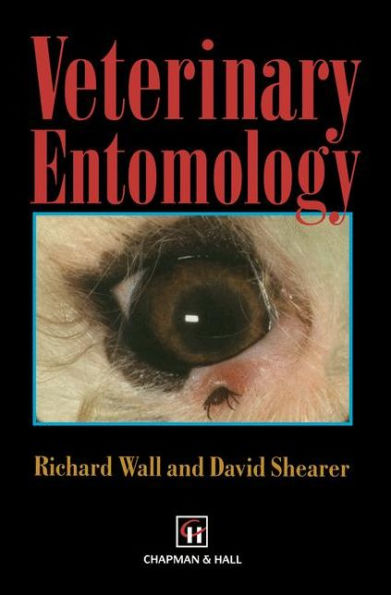5
1
9780412615108


Veterinary Entomology: Arthropod Ectoparasites of Veterinary Importance / Edition 1 available in Paperback

Veterinary Entomology: Arthropod Ectoparasites of Veterinary Importance / Edition 1
- ISBN-10:
- 041261510X
- ISBN-13:
- 9780412615108
- Pub. Date:
- 02/28/1997
- Publisher:
- Springer Netherlands
- ISBN-10:
- 041261510X
- ISBN-13:
- 9780412615108
- Pub. Date:
- 02/28/1997
- Publisher:
- Springer Netherlands
109.99
In Stock

Product Details
| ISBN-13: | 9780412615108 |
|---|---|
| Publisher: | Springer Netherlands |
| Publication date: | 02/28/1997 |
| Edition description: | Softcover reprint of the original 1st ed. 1997 |
| Pages: | 456 |
| Product dimensions: | 6.10(w) x 9.25(h) x 0.24(d) |
From the B&N Reads Blog
